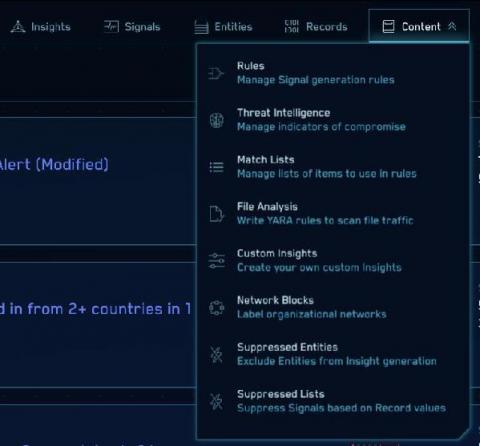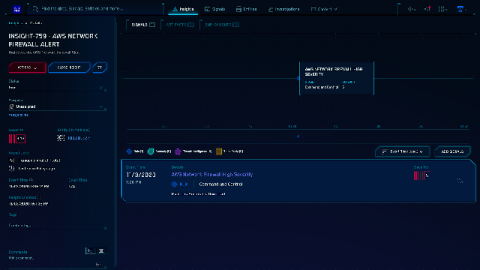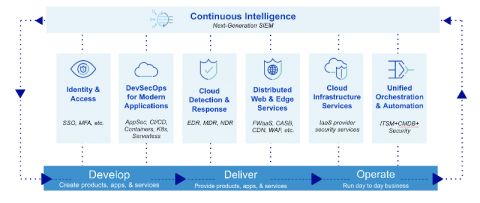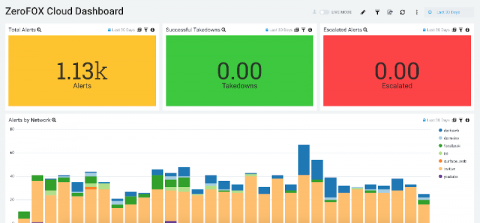Recommendations for monitoring SolarWinds supply chain attack with Sumo Logic Cloud SIEM
The global security community recently learned of a supply chain attack against SolarWinds via their Orion® Platform. In this blog we are providing recommendations for Sumo Logic customers to gain a deeper understanding of how to utilize available Indicators of Compromise (IOCs) within our Cloud SIEM offerings to determine your exposure to the attack. Additionally, we’re sharing targeted search recommendations from our Sumo Logic Special Operations (or SpecOps) threat hunting team.








